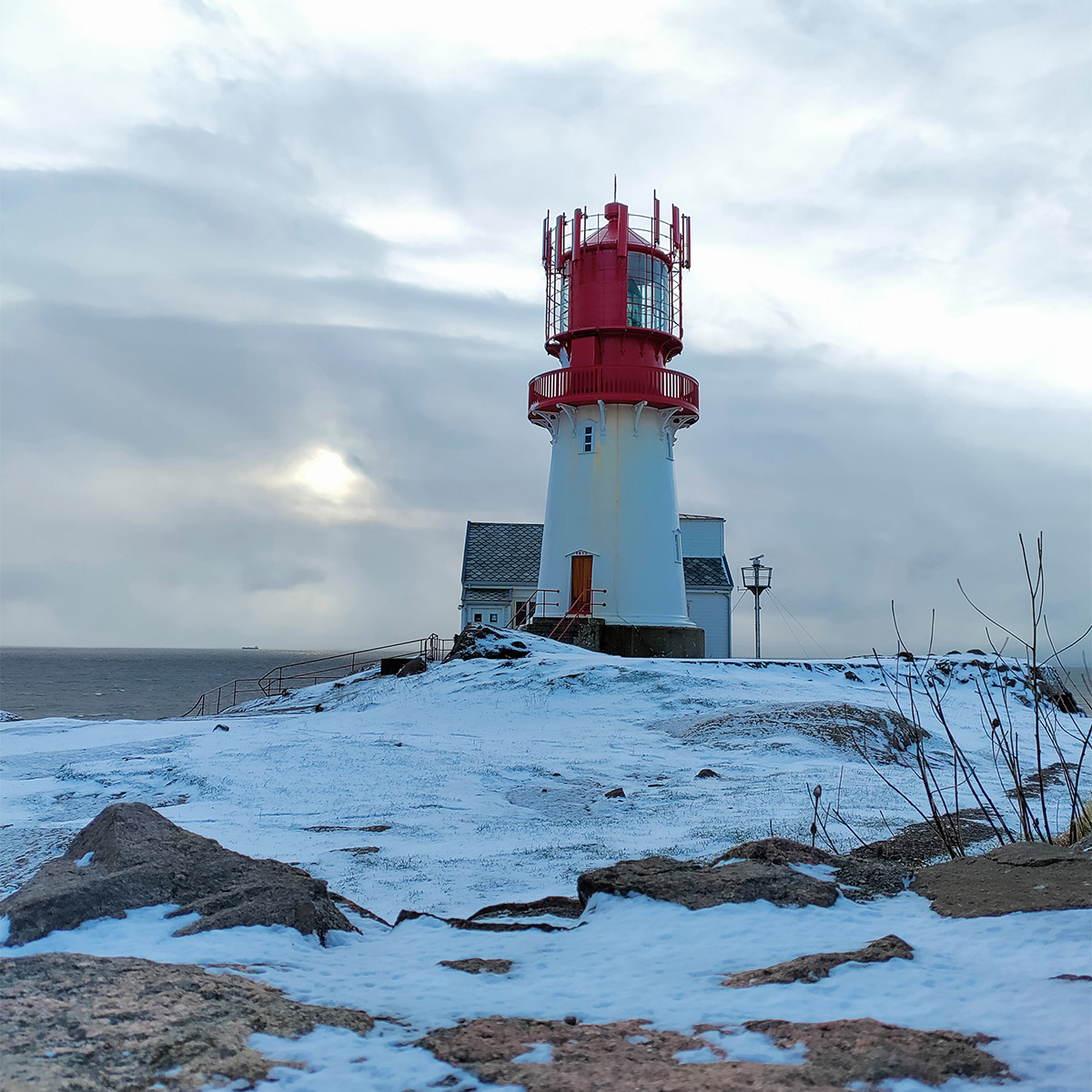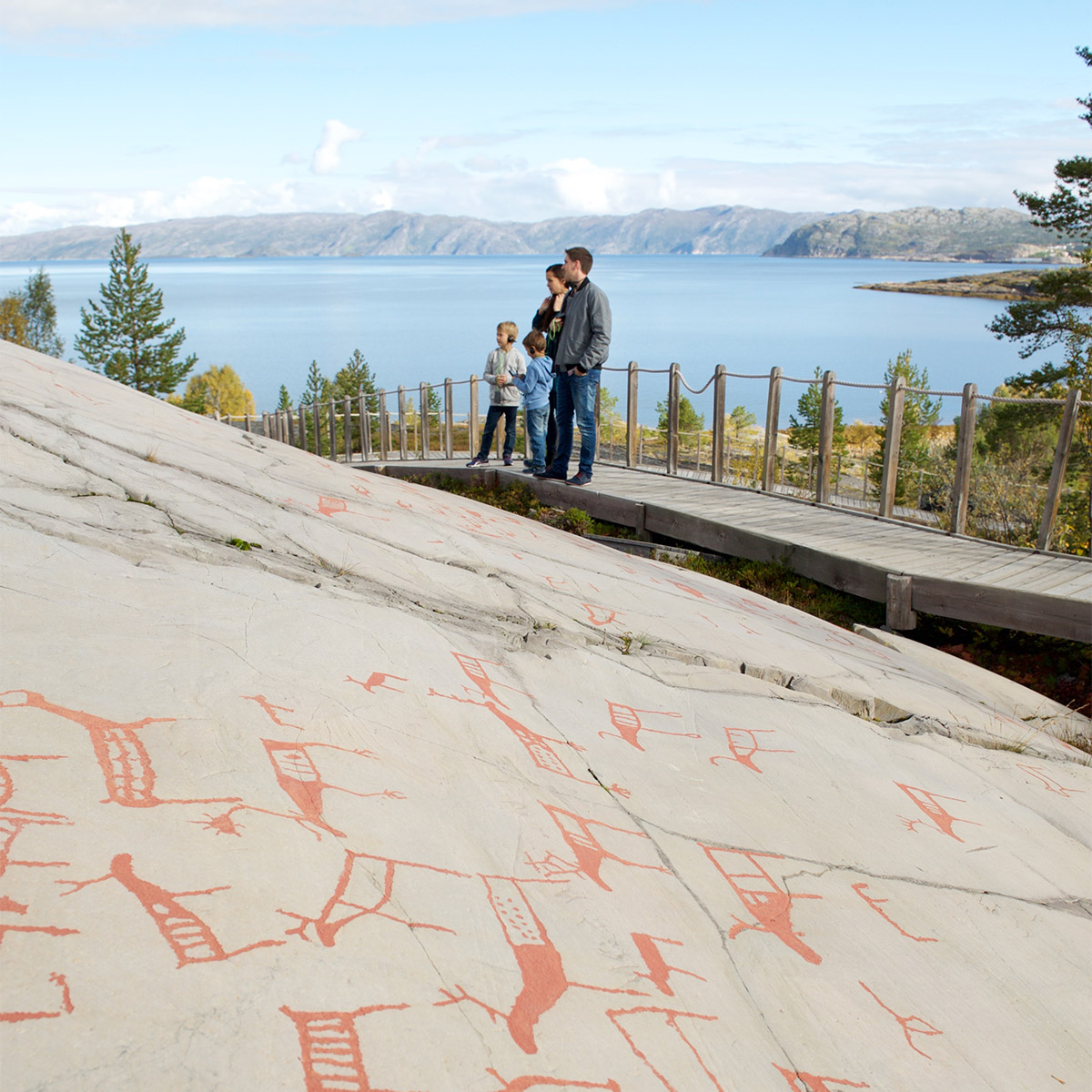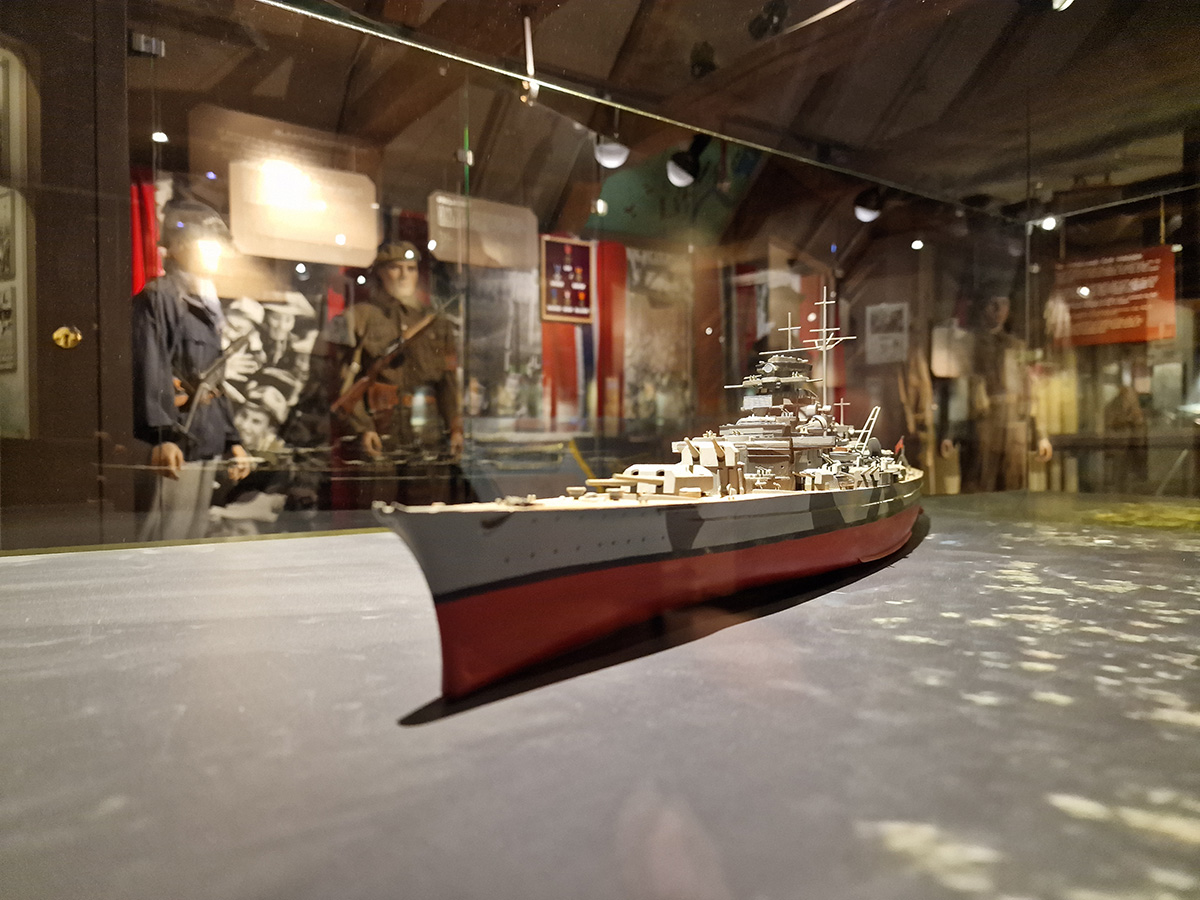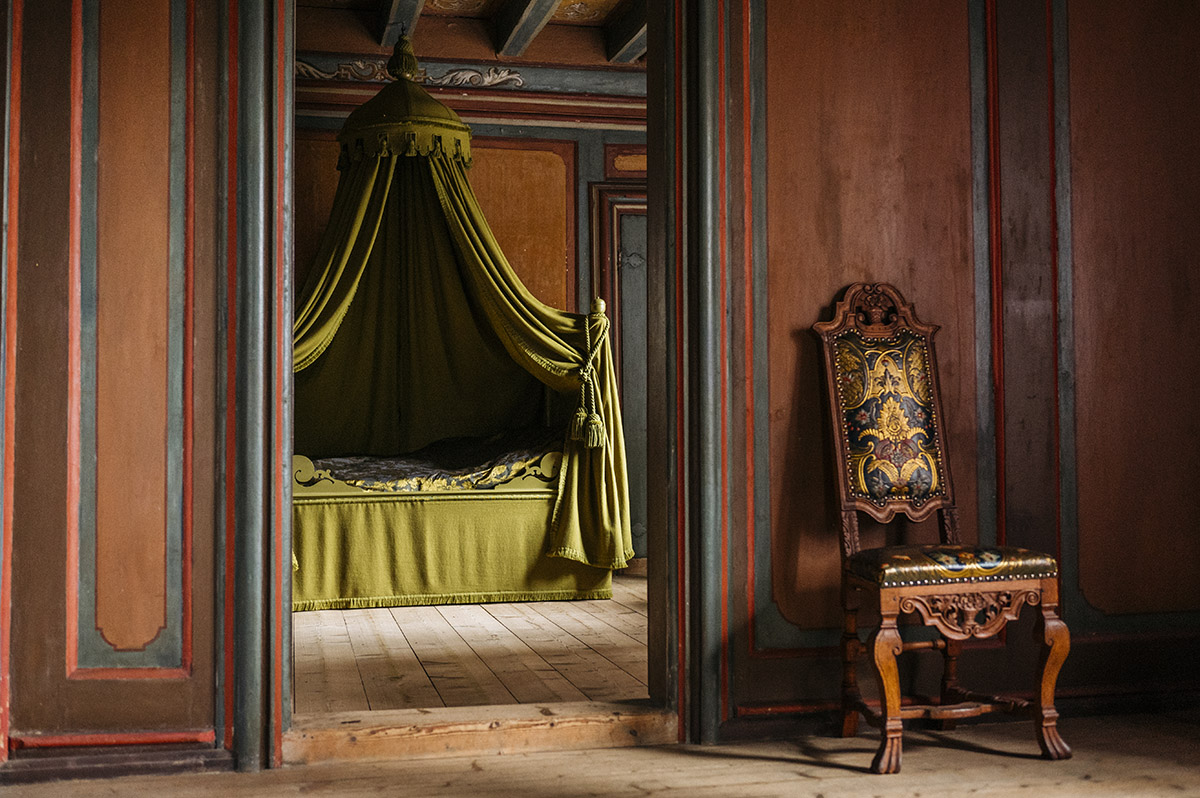Søby Brunkulsmuseum
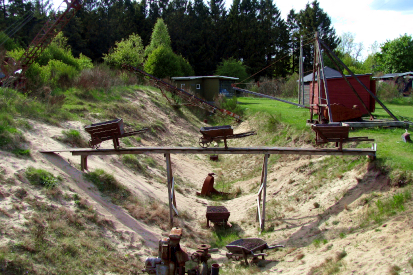
Explore the history of Denmark’s brown gold
TEXT: SIGNE HANSEN | PHOTOS © SØBY BRUNKULSMUSEUM
Søby Brunkulsmuseum (brown coal museum) offers a peek into the dangerous work and lives of Denmark’s brown coal workers. It also tells the intriguing story of how the previously inconsequential brown coal industry became pivotal in providing Danes with fuel and work during the Second World War.
At its peak, Denmark’s brown coal industry employed more than 6,000 manual workers, of which 2,000 worked at the Søby mine. Chairman of the museum board, and author of the book Det Brune Guld (the brown gold), Jan Svendsen explains: “Due to the high level of unemployment in the 1930s, the Danish government legislated that all coal digging should be carried out manually to create more jobs. It was done in open pits and the risk of collapsing walls made it a very dangerous occupation.”
Over nearly two decades of manual mining, more than 100 people died in the industry. Despite the dangers and hard labour, however, many unskilled workers appreciated the performance-paid work. “More than 1,000 people lived in the barracks on-site and another 1,000 in the surrounding area,” Svendsen explains. “It was hard work and most people didn’t expect to be doing it for more than a few months or years so were willing to accept the rather squalid living conditions.”
When the law on manual work was repealed in 1954, however, the mining community quickly dissolved, leaving nothing but a ghost town. Today, visitors can enjoy guided tours around the old barracks, exhibitions with both photos and text, and the beautiful landscape around the pit lakes.
søbybrunkulsmusuem.dk
Subscribe to Our Newsletter
Receive our monthly newsletter by email

